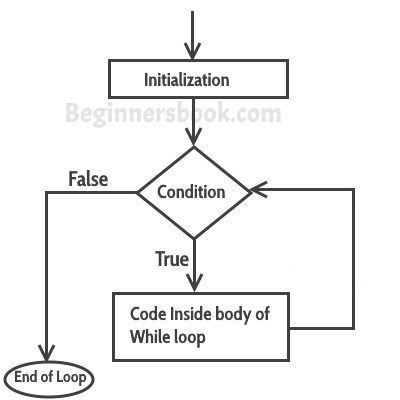C PROGRAMMING LANGUAGE
INTRODUCTION :
C is a general-purpose, imperative, procedural high level language that was developed in 1972 by Dennis Ritchie at the Bell Telephone Laboratories. For the UNIX operating system. This C language is first implemented on the Digital Eqquipment Corporation computer in 1972, and now one of the most widely used programming languages. C has also influence many popular languages, especially C++, which was originally designed as enhancement to C . It is also most commonly used programming languages. It is widely used for writing applications.
* Letters
* Digits
* Special characters
Letters:
. A to Z in capital and small letters
. In c language small latter and caps latter are distinct.
Digits:
. Sequence of number is associated the letter 0 to 9.
Special characters:
Simple C programn- Hello World
INPUT:
There are only five arithmetic operators in C language.
C is a general-purpose, imperative, procedural high level language that was developed in 1972 by Dennis Ritchie at the Bell Telephone Laboratories. For the UNIX operating system. This C language is first implemented on the Digital Eqquipment Corporation computer in 1972, and now one of the most widely used programming languages. C has also influence many popular languages, especially C++, which was originally designed as enhancement to C . It is also most commonly used programming languages. It is widely used for writing applications.
C CHARACTER SETTypes of Character Set
* Letters
* Digits
* Special characters
Letters:
. A to Z in capital and small letters
. In c language small latter and caps latter are distinct.
Digits:
. Sequence of number is associated the letter 0 to 9.
Special characters:
| Symbol | Meaning |
|---|---|
| ~ | Tilde |
| ! | Exclamation mark |
| # | Number sign |
| $ | Dollar sign |
| % | Percent sign |
| ^ | Caret |
| & | Ampersand |
| * | Asterisk |
| ( | Left parenthesis |
| ) | Right parenthesis |
| _ | Underscore |
| + | Plus sign |
| | | Vertical bar |
| \ | Backslash |
| ` | Apostrophe |
| – | Minus sign |
| = | Equal to sign |
| { | Left brace |
| } | Right brace |
| [ | Left bracket |
| ] | Right bracket |
| : | Colon |
| ” | Quotation mark |
| ; | Semicolon |
| < | Opening angle bracket |
| > | Closing angle bracket |
| ? | Question mark |
| , | Comma |
| . | Period |
| / | Slash |
Simple C programn- Hello World
INPUT:
#include <stdio.h>int main(){// printf() displays the string inside quotationprintf("Hello, World!");return 0;}
Hello, World!Arithmetic Operator
There are only five arithmetic operators in C language.
An arithmetic operator performs mathematical operations such as addition, subtraction, multiplication, division etc on numerical values (constants and variables).
| Operator | Meaning of Operator |
|---|---|
| + | addition or unary plus |
| - | subtraction or unary minus |
| * | multiplication |
| / | division |
| % | remainder after division (modulo division)nihalvaidya29@gmail.com Example 1: Arithmetic Operators
INPUT:
|



Thanks for such a good information u had given
ReplyDeleteSo nice bro...well make more blog
ReplyDeleteThanks bro 👍
ReplyDeleteThanks 😊 bruh
ReplyDeleteU wlc bro🥰
DeleteWill you publish control flow of c language
ReplyDeleteUfcourse sir ji
DeleteYou are great...very informative
ReplyDeleteTys
Delete